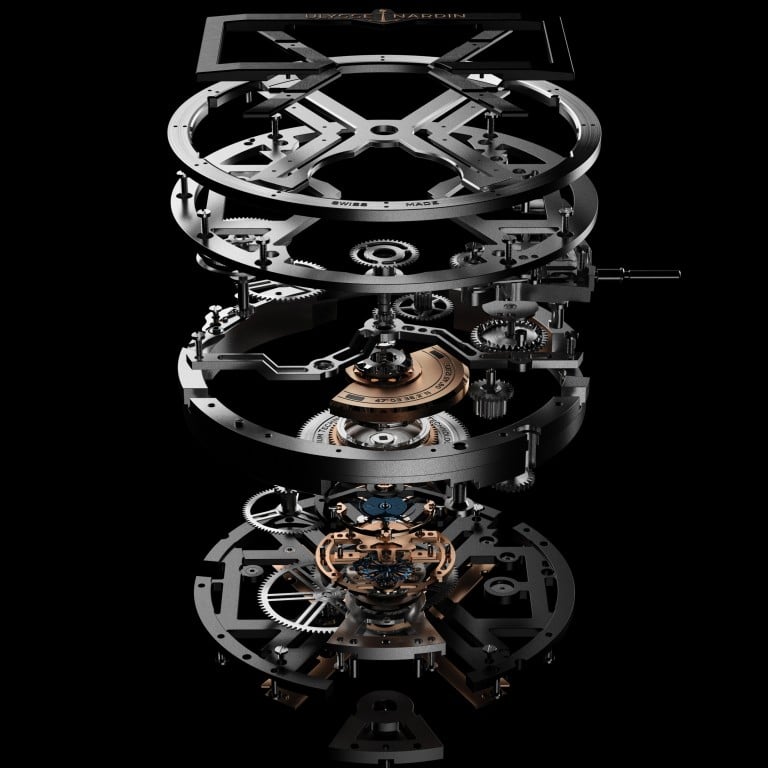Has silicon won over Swiss watchmakers? Rolex, Jaeger-LeCoultre, Vacheron Constantin, Girard-Perregaux, IWC and Panerai are just a few brands on board with the revolutionary technology

- Antimagnetic, non-corrosive and non-deforming, silicon is widely used, though some brands still prefer the traditional handcrafted approach – especially when it comes to the hairspring
- Patek Philippe, Hublot, Harry Winston and Swatch Group brands from Breguet to Zenith also use the material, while Agenhor remain a notable holdout
Experimented with since the 1990s, silicon made its horological breakthrough in the Ulysse Nardin Freak in 2001, which used two escapement wheels in the material. The Swiss watch industry quickly jumped on the silicon bandwagon, and today you have to look hard to find watches that are not using silicon for escapement parts, shock resistance or hairsprings.
Rolex, Jaeger-LeCoultre, Vacheron Constantin, Patek Philippe, Girard-Perregaux, Swatch Group brands from Breguet to Zenith, Hublot, IWC, Harry Winston, Laurent Ferrier, Panerai and many more are all using silicon parts in various degrees. But what is so attractive about this material grown in a lab atom by atom until it reaches the desired shape?

To start with, these pieces can be mass-produced to an extent, made from identical wafers of silicon, ensuring the quality is exactly the same for every piece. This is not always the case for handmade parts.
Then there are the properties of silicon, which are extremely helpful for watchmakers innovating ever more complex movements, being antimagnetic, non-corrosive and non-deforming, removing the need for lubricants and improving precision. Silicon also allows further room for innovation as it can be shaped or moved in ways traditional materials can’t.

“In 2005, when we first launched the Advanced Research programme, I thought the traditionalists did exaggerate. Indeed, it was only about changing tiny parts in the movement from classical materials to silicon in order to improve the precision of the timepiece – this is why I was totally for it!” says Thierry Stern, CEO of Patek Philippe. The brand has its own in-house version of the silicon development, which it calls Spiromax.
Jean-Marc Wiederrecht, founder of watchmaker Agenhor, makes innovative movements and watches for brands like Van Cleef & Arpels, Hermès and H. Moser & Cie. Fiercely traditional, Wiederrecht is reluctant to accept some brands have embarked on the silicon train.
“For an entry-level price point brand, it makes sense,” Wiederrecht admits. “But for the finest makers of Swiss horology? No, this takes away from the magic of handmade – and handmade is what collectors around the world want to pay for,” he says passionately.